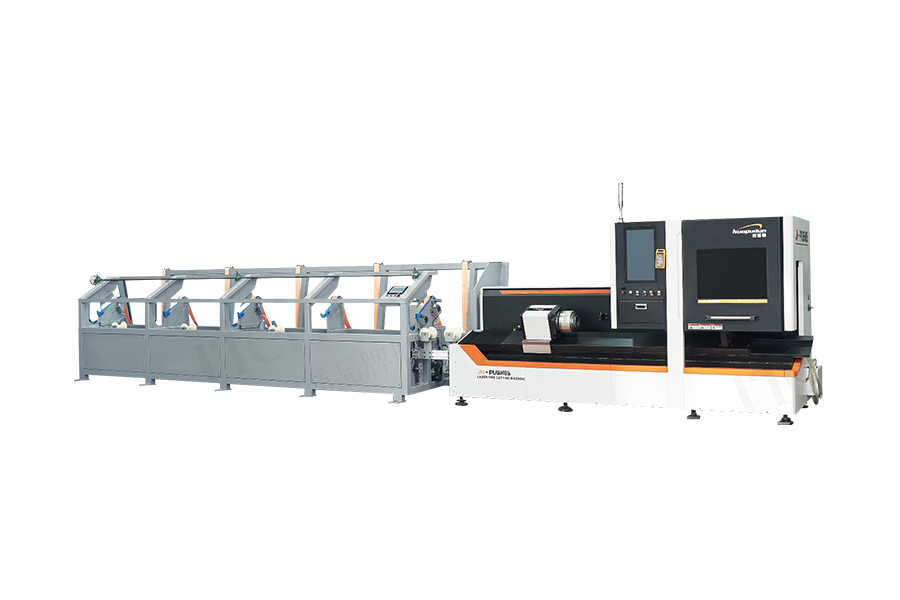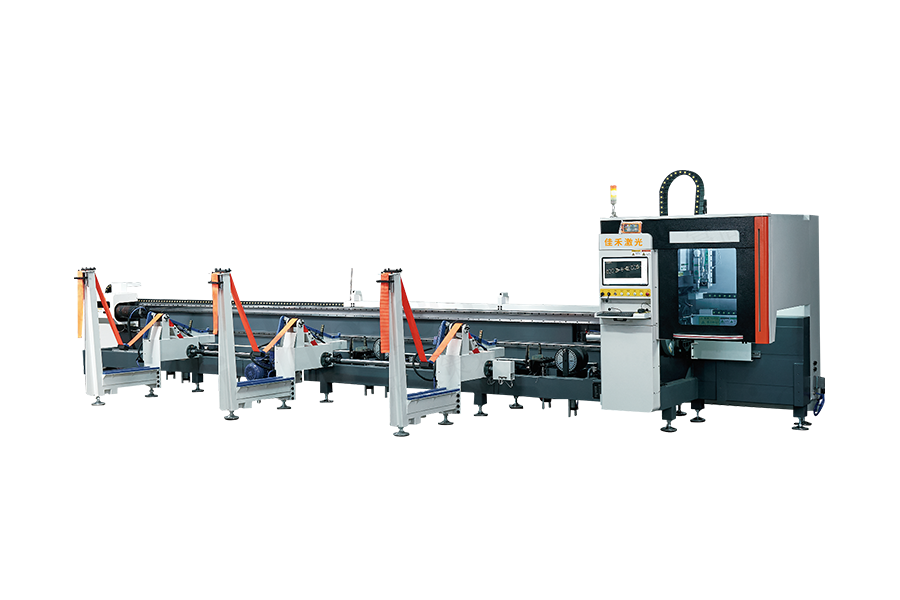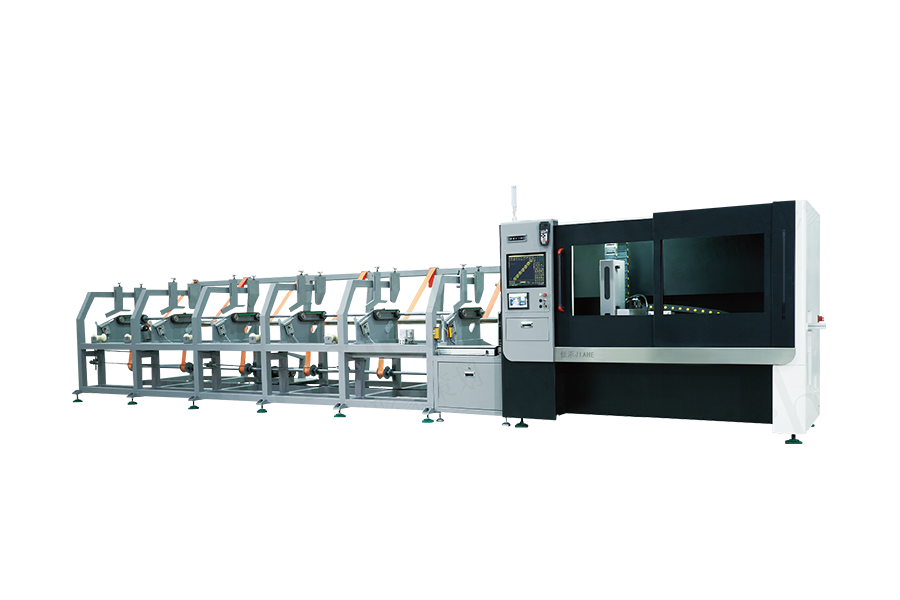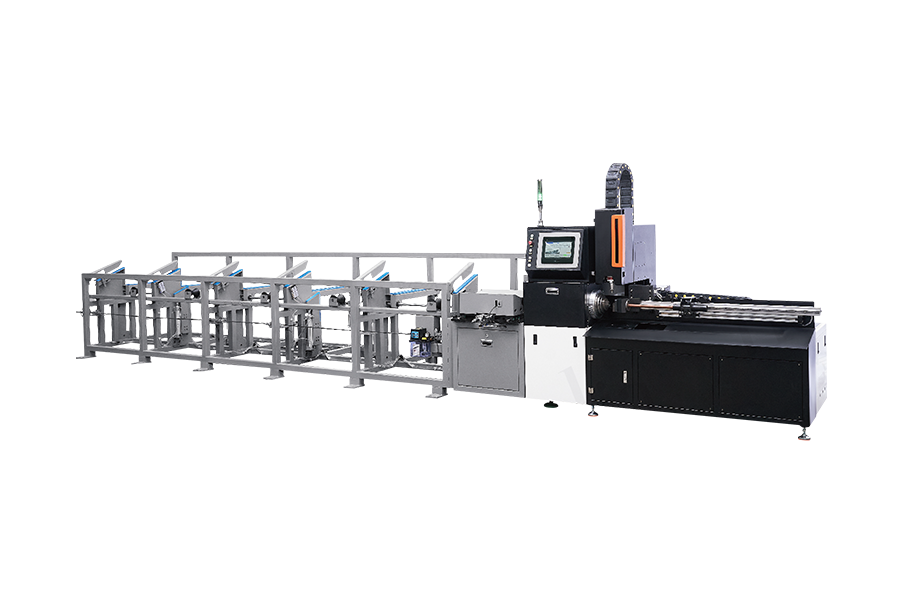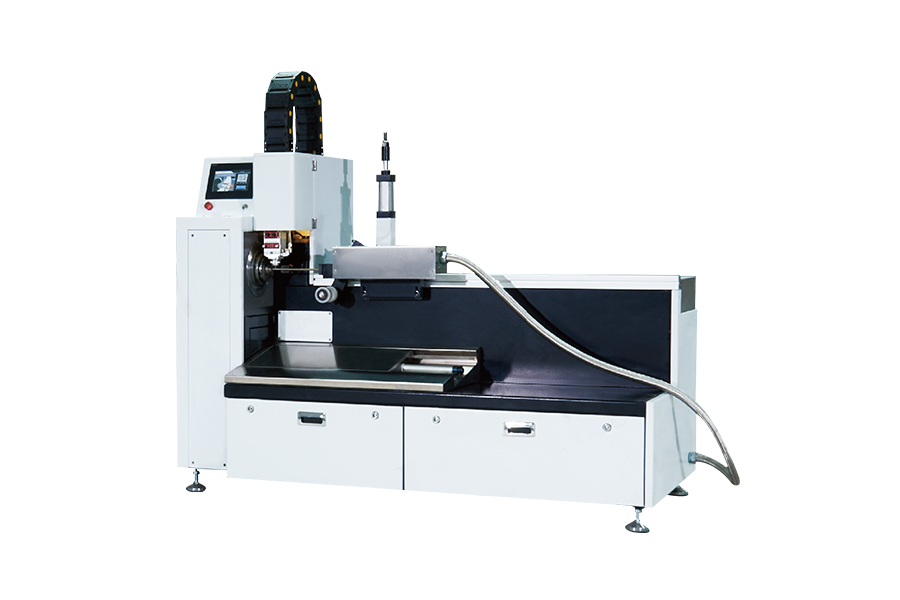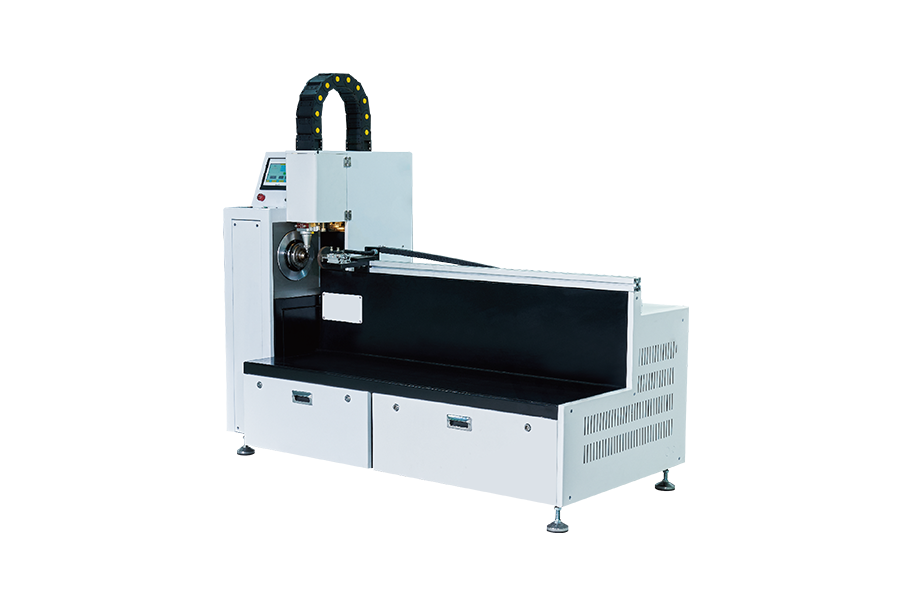Professional R&D, production, sales and after-sales integration.
We have many years of experience in R&D of automation technology and laser technology
The manufacturing sector is undergoing a transformation with the introduction of the CNC Laser Pipe Tube Cutting Machine. This cutting-edge technology is setting new standards in precision and efficiency, revolutionizing how pipes and tubes are processed across various industries. As the demand for high-quality, precise components continues to rise, the CNC Laser Pipe Tube Cutting Machine emerges as a vital tool in meeting these needs.
At the core of the CNC Laser Pipe Tube Cutting Machine is its advanced laser cutting technology. Unlike traditional cutting methods, which can be limited by the mechanical constraints of the cutting tools, the CNC laser system offers unparalleled precision. The laser's focused beam allows for incredibly accurate cuts, with minimal deviation and a smooth finish that eliminates the need for secondary processing.
This high level of precision is crucial in industries where exacting standards are the norm. For example, in the aerospace and automotive sectors, the CNC Laser Pipe Tube Cutting Machine ensures that components are manufactured to stringent specifications, contributing to the overall safety and performance of the final products. The machine’s ability to produce detailed cuts with high accuracy reduces the risk of defects and ensures that each component fits perfectly within complex assemblies.
The integration of Computer Numerical Control (CNC) technology with laser cutting has significantly enhanced the efficiency of pipe and tube cutting operations. The CNC Laser Pipe Tube Cutting Machine utilizes automated controls to manage cutting processes, reducing the need for manual intervention and streamlining production workflows.
Operators can program the CNC system to execute various cutting patterns and configurations with ease. This automation not only speeds up the cutting process but also ensures consistency and reduces the likelihood of human error. The result is a more efficient production process that can handle high volumes of work with minimal downtime.
One of the standout features of the CNC Laser Pipe Tube Cutting Machine is its versatility. The machine is capable of cutting a wide range of materials, including metals, plastics, and composites, making it suitable for diverse applications. This adaptability is particularly valuable in industries with varying material requirements and complex design specifications.
In the construction industry, for instance, the CNC Laser Pipe Tube Cutting Machine is used to cut pipes and tubes for structural applications, ensuring precise dimensions and high-quality finishes. Similarly, in the medical field, the machine processes components with intricate geometries that are crucial for the functionality of medical devices. The machine’s versatility allows it to adapt to different materials and cutting requirements, providing a flexible solution for manufacturers across multiple sectors.
The CNC Laser Pipe Tube Cutting Machine offers significant cost savings through its efficient use of resources and reduced operational costs. The precision of laser cutting means that materials are used more effectively, with minimal waste generated during the cutting process. This efficient material usage supports cost savings and aligns with more sustainable manufacturing practices.
Operational costs are further reduced by the machine’s automation capabilities. By minimizing manual labor and enhancing production efficiency, the CNC Laser Pipe Tube Cutting Machine helps lower overall production costs. The machine’s durability and low maintenance requirements also contribute to its cost-effectiveness, making it a valuable investment for manufacturers seeking to optimize their production processes.
As technology continues to advance, the CNC Laser Pipe Tube Cutting Machine is likely to see further innovations. Future developments may include improvements in laser technology, enhanced automation features, and greater integration with other manufacturing processes. These advancements will continue to enhance the machine’s performance, making it an even more powerful tool for precision cutting.
For example, advancements in laser technology could lead to higher cutting speeds and improved accuracy, further expanding the machine’s capabilities. Enhanced automation features may offer even greater control and flexibility, allowing manufacturers to handle more complex cutting tasks with ease.

 English
English 中文简体
中文简体 русский
русский